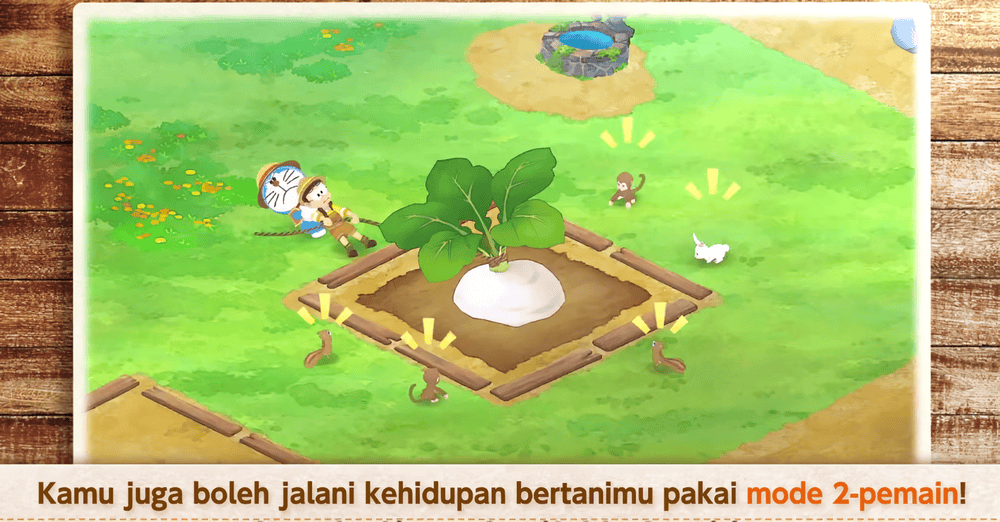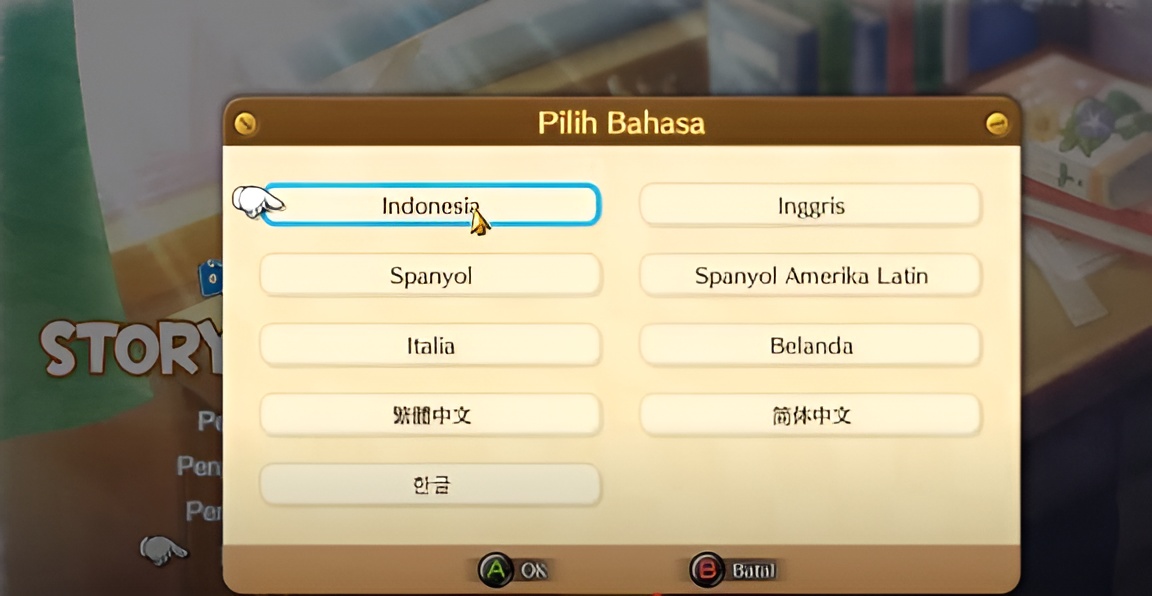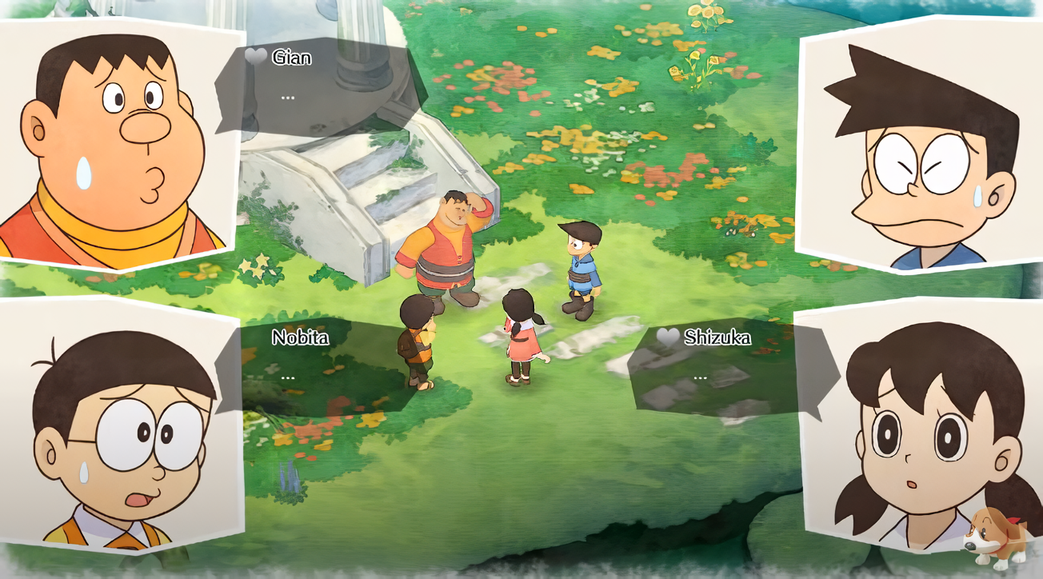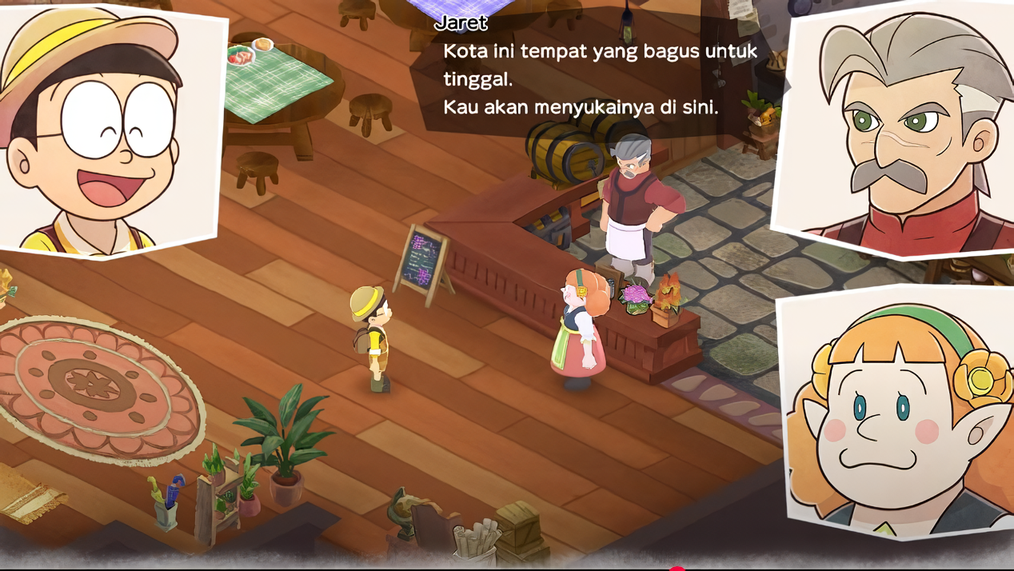
Video Game Localization: The Doraemon Story of Seasons Translation Case Study
Entertainment comes in so many forms, such as films, books, music, and even video games. Films and books are often officially translated and localized, but video games do not always enjoy that privilege. Yet, the ever-growing global gaming market ($345,34 billion in 2025) means that video game localization is a growing demand. One of the most notable localization examples is Doraemon Story of Seasons, a farming simulation RPG localized into languages such as German, Korean, Indonesian, Simplified and Traditional Chinese, French, and many more. Wondering how well fan translations capture the essence of a game? This article will analyze the Indonesian translation of Doraemon SOS.
Read more: Game Localization: Key to Global Video Game Success
Overview of Doraemon Story of Seasons
Doraemon SOS is a farming simulation game and a part of the beloved Doraemon franchise. Published by Bandai Namco, it was developed by Marvelous Inc., the same developer behind the iconic Harvest Moon series. Story of Seasons was based on Harvest Moon’s well-known classic farming gameplay but with many loveable Doraemon characters. As part of the special edition series, there are two titles from the series, i.e. Doraemon: Story of Seasons (2019) and Doraemon: Story of Seasons – Friends of the Great Kingdom (2022). Each title shares the same farming gameplay which includes elements such as planting crops, tool upgrades, four seasons, raising animals, and befriending villagers. Thus, experienced gamers who played Harvest Moon on the PlayStation 1 will easily accustom themselves with this game. Events and seasonal festivals in which players can participate provide additional fun quests during routine activities. The game’s unique visual style is its most outstanding element. When compared with the more classical style found in Harvest Moon, Doraemon SOS boasts great watercolor-like visuals. The visual style makes the game feel like a lively storybook, with a strong vibe of coziness and heartiness. Another element that makes this game unique is the amount of additional activities available, such as catching bugs and crafting furniture. Players will also appreciate the scenery through the zoom-in and zoom-out features, bringing into view some detailed artwork.
Indonesian Translation Analysis of Doraemon: Story of Seasons
Doraemon, both in manga and anime, shares an emotional connection with audiences of all ages around the world, including Indonesia. Its appeal crosses generations, making it widely popular not only in Japan but also in the United States, Australia, China, and France. Indonesia, in particular, has some of the most powerful fan bases. It was enough reason for Bandai Namco to release Doraemon: Story of Seasons with an official Indonesian language option for PS5, Nintendo Switch, and PC via Steam. This decision signifies the growing relevance of video game localization in Indonesia. Unlike movies or books, video games are often not localized, especially for the Southeast Asian markets. However, the Indonesian version of Doraemon: Story of Seasons serves as proof of how proper localization can improve experiences for local gamers.
1. Thoughtful Language Adaptation

What sets this game apart is its good Indonesian translation. The localization team didn't just do a word-for-word translation from English or anything as simple as using Google Translate. The translation sounds natural, smooth, and culturally relevant. Every sentence contains words that ring in the ears of native Indonesian players; making it easy for players to understand the content of the game. Indeed, one of the most important aspects of localization is the avoidance of word-for-word translation.
2. Familiar Character Naming for Cultural Relevance

One of the most important localization decisions is the naming of the characters. For the English version, especially in Taiwan's version, the character's name was changed to Noby, Sue, Sneech, and Big G. But the Indonesian version retains the names already familiar from the manga translation, Nobita, Shizuka, Suneo, and Gian. More than translation issues, it speaks to the translators’ awareness of the cultural attachment Indonesian fans have with these characters.
3. Consistent Japanese Voice Acting with Indonesian Subtitles
Interestingly, the Indonesian text localization does not come with Indonesian voice acting as well. This decision preserves the authentic feel of the Doraemon universe. For many fans, hearing the familiar Japanese voices of Nobita, Doraemon, and friends adds to the game’s charm and authenticity. At the same time, the Indonesian subtitles are well-crafted, providing accurate translations that match the tone and mood of the spoken dialogue. This combination of Japanese voice acting and localized text shows how video game localization can effectively balance authenticity and accessibility.
4. Engaging Dialogue for All Ages
Another strong aspect of the localization is how natural and engaging the dialogue feels, never sounding forced. Yes, Doraemon: Story of Seasons has a target demographic of younger gamers, but it has done very well in conversations designed to entice players of all ages. The dialogues and plotlines are also varied, interesting, and easy to understand. The game is going to be appealing for both children and adults. For example, Shizuka’s dialogue, “Beruang?! Ngeri banget!” translated from “A bear?! How terrible!” in English. Instead of a more formal translation like "Beruang?! Mengerikan sekali!" with the same meaning, informal language is preferred. This makes the dialogue sound much more natural and relatable, especially to younger audiences.
Translation Errors That Need Attention
While the overall Indonesian translation of Doraemon Story of Seasons is well done, several noticeable errors persist and may bother players. Though minor, these mistakes highlight the many challenges involved in effective video game localization. Some translations sound awkward or convey a poorly intended tone; at times, they confuse and dampen the emotional impact of dialogues.
Example 1: Jaret’s Dialogue

The line “Kau akan menyukainya di sini” translates to “You will like it here.” While technically correct, it feels bland and lacks warmth. This phrase doesn’t fully convey the friendly, welcoming tone that the character likely intended. A more natural translation would be “Kau akan suka tinggal di sini” or “Kau akan suka berada di sini,” which sounds more inviting.
Example 2: Shizuka’s Dialogue
Another example is Shizuka’s line, “Itu akan sangat bagus,” translated from “That will be very good.” This translation sounds stiff and overly formal, especially in casual conversation. The context involves Shizuka responding enthusiastically to an idea, so a better translation would be “Kedengarannya bagus,” which feels more natural and lively.
Read more: 7 Essential Strategies for Ensuring Quality in Video Game Localization
Conclusion
In short, the Indonesian translation of Doraemon Story of Seasons is a mixed bag of strengths and weaknesses. While some translations feel awkward, the localization team has done an excellent job of adapting cultural references, maintaining familiar character names, and using natural language that resonates with Indonesian players.
Do you have a great game project and want players in Southeast Asia to experience it too? Let Digital-Trans Asia make that a reality. As a game localization company, we will make your content feel native and engaging to the local audiences.